As bad as things already are in Ukraine, they are probably about to get much worse, with the possible mass razing of cities and casualties on a scale not seen in Europe since the Balkans wars of the 1990s. The international community owes it to the people of Ukraine to attempt a final effort to end this conflict before complete catastrophe strikes, and should work to persuade Ukrainian President Volodymyr Zelenskyy to pursue this kind of arrangement in the on-again/off-again peace talks with Russia. Although Russian President Vladimir Putin has demonstrated himself to be far more ruthless and vindictive than many of us realized, with even bigger ambitions for changing Europe’s core security arrangements than previously understood, there is at least the possibility he may still consider a more modest deal if it alleviates the economic punishment of Russia — and possible future military difficulties — that his war of aggression has unleashed. Despite its poor performance to date, his military will likely prevail in this war eventually, strangling Ukraine’s economy and flattening its cities if nothing else. But that is a poor way to persuade a besieged Ukrainian people to join arms with Mother Russia in any kind of partnership in the future.
The essence of any deal, perhaps negotiated under the good offices of the secretary-general of the United Nations, would be to create a cease-fire and then the withdrawal of Russian forces while foreclosing the possibility of future NATO membership for Ukraine provided that its security can be ensured in other ways. That would be the outcome of negotiations, not the starting point. These arrangements could be written into the Ukrainian constitution, and into a written understanding that NATO reached with Moscow, perhaps along the lines of the 1955 Austria model.
The reasons that we can and should be flexible on the issue of Ukraine’s NATO membership are threefold: Ukraine’s joining NATO was never a good idea; it was not going to happen anytime soon even before the events of last week, and it certainly is not going to happen with Russian troops sitting on its soil. The idea goes back to a promise that NATO made to Ukraine, and Georgia, at its 2008 Bucharest Summit that they would be members someday. But there was no timetable, no interim security guarantee, and the condition that new members would only be eligible for membership if they first resolved territorial disputes with neighbors. This translated into a perfectly perverse set of incentives for Moscow to aggress against the two countries, as it has ever since.
But forgoing NATO membership is all that could possibly be asked of Ukraine. Otherwise, to make the deal acceptable, Russia would have to reaffirm Ukraine’s sovereignty, return the Donbas region to Kyiv, and acknowledge that Ukraine could join any other organizations to which it was invited including the European Union. Crimea would have to be finessed, given its history and Russian sensibilities on the matter. Perhaps a form of dual citizenship could be developed down the road for people living there.
Russia would also have to join us in guaranteeing the future security of Ukraine. That is something Moscow already promised under the 1994 Budapest Memorandum (associated with a newly-sovereign Ukraine’s decision to return Soviet nuclear weapons on its territory to Russia) and then violated in 2014. Why would Moscow’s promise be any more trustworthy this time? The difference would be that this time, there would be no future prospect of Ukraine joining the alliance that had defeated the Soviet Union in the Cold War. Our hope would be that, with NATO membership no longer in the air, Russia could claim it had stabilized the security order of eastern Europe in a way that was not possible in 1994. (Since 1994, NATO has added 14 more members, all to the original alliance’s south and east). If Moscow subsequently violated its commitments, our promise not to consider future NATO membership for Ukraine would also dissolve. The United States and other NATO nations would retain our rights to base forces where they are now, even on the territory of eastern members, but might eventually bring back home most of the reinforcements that have been sent over in recent weeks.
Some would say this approach would violate NATO’s “Open Door” policy. But that policy as commonly understood has no basis in the alliance’s treaty. Article X of the treaty makes it clear that future membership invitations should only be issued if they would enhance the security of the broader North Atlantic region. Clearly, the prospect of Ukraine in NATO is doing no such thing.
Under this approach, as Russian troops withdrew (with monitoring on the ground by the Organization for Security and Co-operation in Europe), the United States as well as allies and partners would end their lethal military assistance shipments to the Ukrainian armed forces. Some sanctions on Russia would also be suspended, then lifted. Separatist regions in Donbas would get autonomy, but no veto over Ukrainian foreign or domestic policy (except perhaps on future alliance decisions, just to drive home the point about finding an alternative security structure to NATO).
No one knows, of course, if Putin would take this deal. But it would be unconscionable on our part not to try, even as we hold firm — and indeed, threaten even tougher sanctions targeting Russian energy exports should the war continue — on other core elements of our current policy.
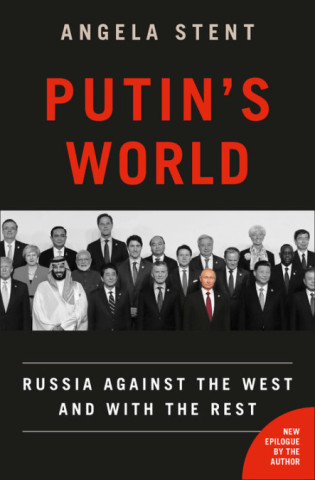
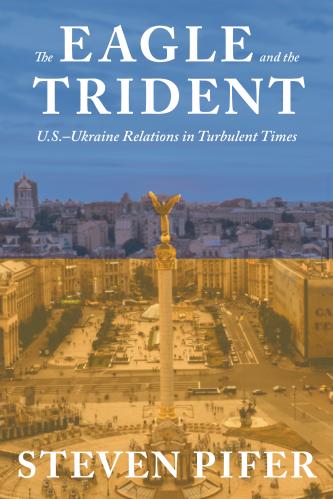
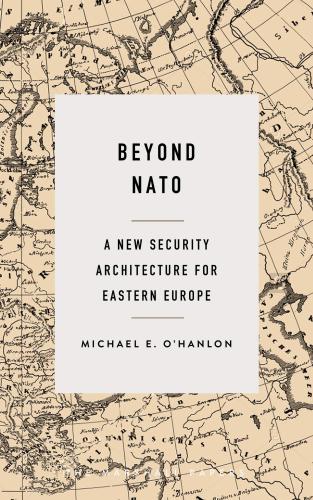
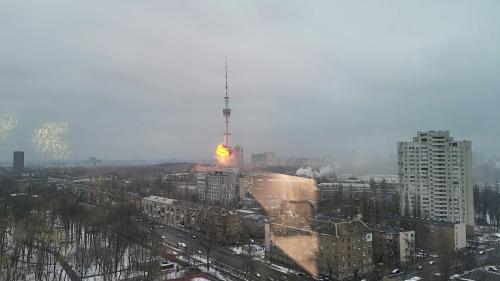
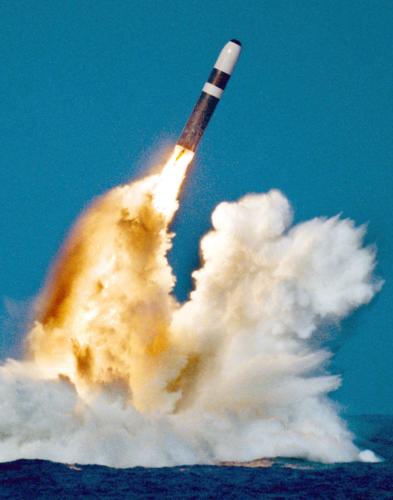
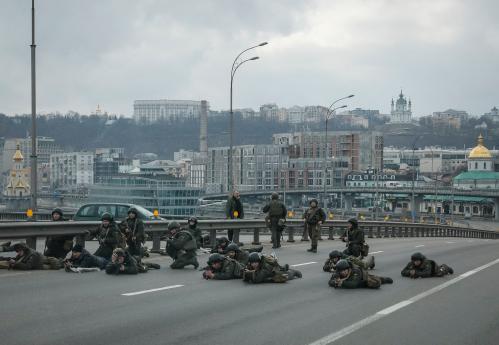




Commentary
A Hail Mary on Ukraine
March 3, 2022